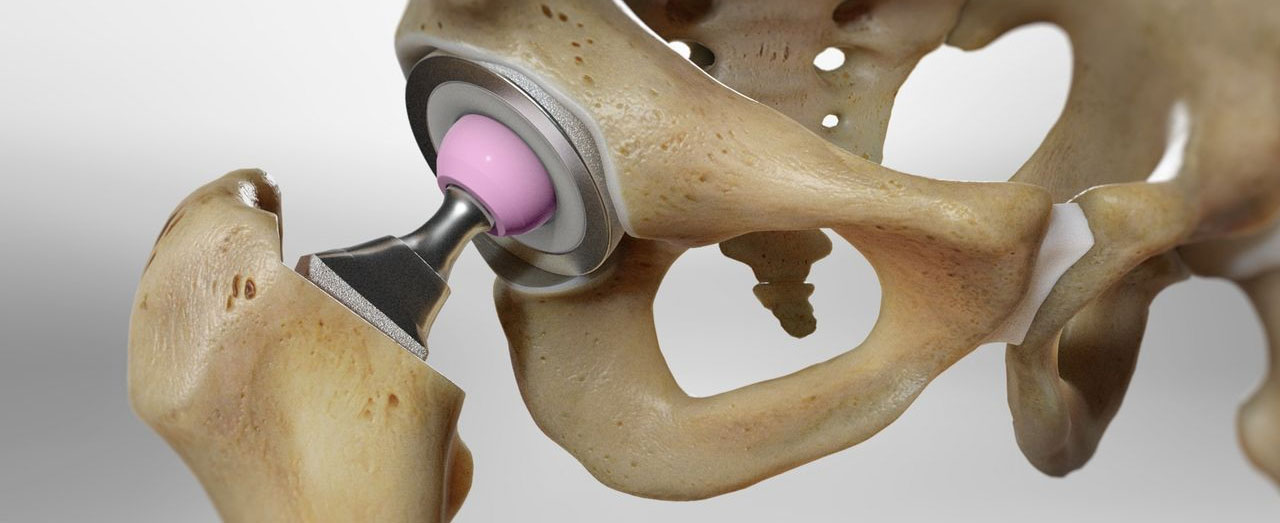-
(+91) 9136006327
Please feel free to contact our friendly reception staff with any general or medical enquiry.
Make Appointment - Call Us: (+91) 9136006327
- drrajeshgaekwad@gmail.com
- Mon to Sat: 9:00 AM - 10:00 PM
Treatments
Total Hip Replacement
Total hip replacement (THR), also known as total hip arthroplasty, is a surgical procedure to replace a damaged or diseased hip joint with artificial components. This surgery is commonly performed to relieve pain and improve function in patients with severe hip arthritis or other significant hip joint damage.

Indications for Total Hip Replacement
- Osteoarthritis: Severe wear-and-tear arthritis causing pain, stiffness, and loss of function.
- Rheumatoid Arthritis: Chronic inflammatory arthritis affecting the hip.
- Post-Traumatic Arthritis: Arthritis following a hip injury.
- Avascular Necrosis: Death of bone tissue due to lack of blood supply.
- Hip Fractures: Particularly in older adults where conservative treatments are insufficient.
- Failed Previous Hip Surgery: When prior surgeries have not provided adequate relief.
Components of a Total Hip Replacement
- Acetabular Component: A socket that replaces the damaged hip socket.
- Femoral Component: A stem that fits into the thigh bone (femur) with a ball that fits into the new socket.
- Polyethylene, Ceramic, or Metal Liner: A spacer that fits between the acetabular and femoral components to facilitate smooth movement.
Risks and Complications
- Infection: At the surgical site or deep within the joint.
- Blood Clots: In the legs or lungs.
- Implant Problems: Loosening, wear, or mechanical failure of the components.
- Nerve or Blood Vessel Damage: Injury during surgery.
- Dislocation: The ball can come out of the socket.
- Leg Length Discrepancy: One leg may feel longer or shorter than the other.
Advantages of Total Hip Replacement
- Pain Relief: Significant reduction or elimination of hip pain.
- Improved Mobility: Enhanced ability to perform daily activities.
- High Success Rate: Most patients achieve excellent outcomes.
- Durable Results: Long-lasting improvement in joint function.



